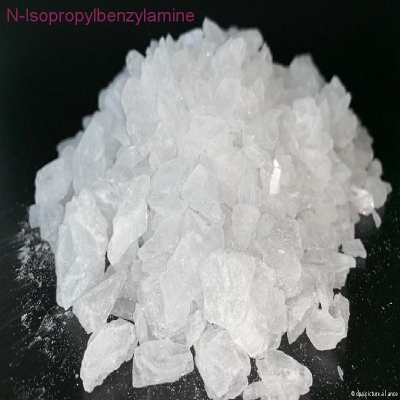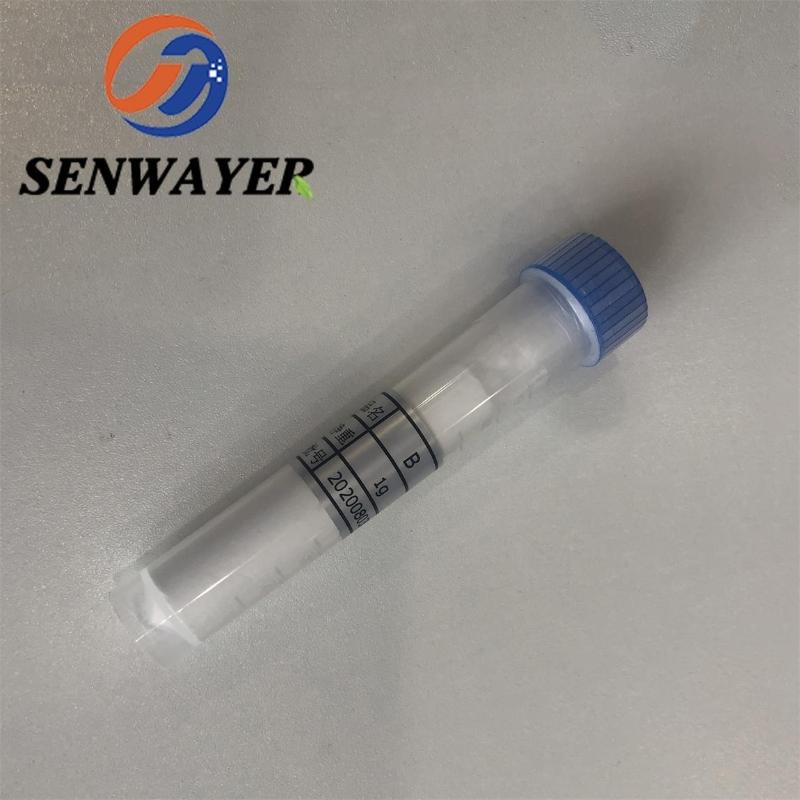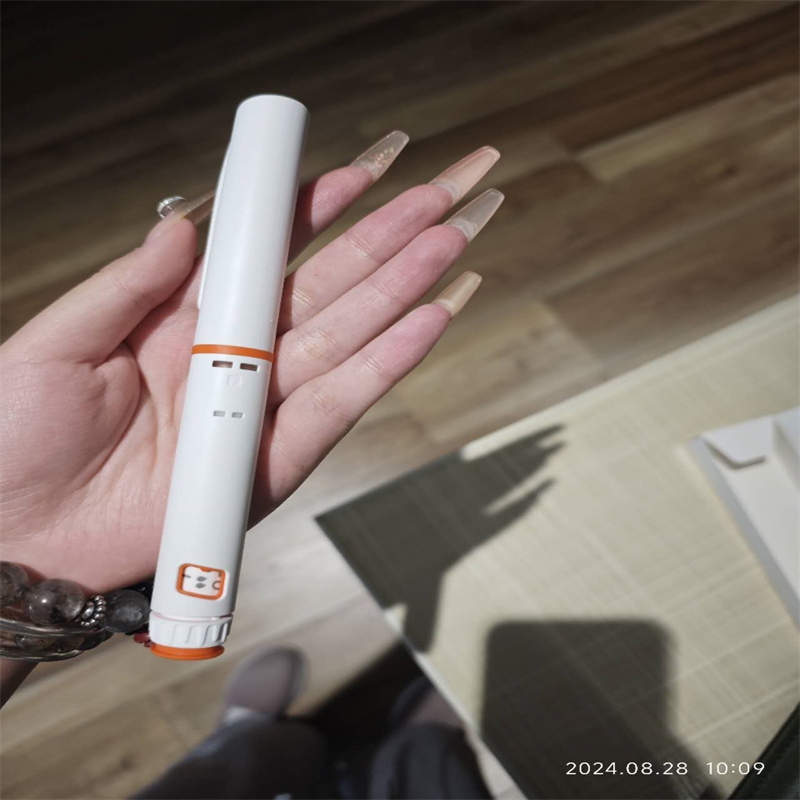-
Categories
-
Pharmaceutical Intermediates
-
Active Pharmaceutical Ingredients
-
Food Additives
- Industrial Coatings
- Agrochemicals
- Dyes and Pigments
- Surfactant
- Flavors and Fragrances
- Chemical Reagents
- Catalyst and Auxiliary
- Natural Products
- Inorganic Chemistry
-
Organic Chemistry
-
Biochemical Engineering
- Analytical Chemistry
-
Cosmetic Ingredient
- Water Treatment Chemical
-
Pharmaceutical Intermediates
Promotion
ECHEMI Mall
Wholesale
Weekly Price
Exhibition
News
-
Trade Service
Who can be a challenger? This used to be a big suspense
for CAR-T technology.
But now, the mystery may be on the
horizon.
Many strong players in the field of double antibodies are trying to give answers
.
For example, Affime's combination therapy of AFM13 bispecific antibody and NK cells has shown enough impressive results: an objective response rate of 100% and a complete response rate of 70.
8%.
If the early data of AFM13 bispecific antibody combination therapy can be maintained until the end and successfully landed, it is enough to go head-to-head
with CAR-T/NK cell therapy.
In the face of the increasingly strong double resistance players, "how to match" is undoubtedly a question
for all CAR-T players to think about.
Although the competition between the two sides has just begun, it is unknown who will die
from the deer.
But the battle between CAR-T therapy and double resistance points to a cruel fact:
In the era of technological exploration, the speed of any "dynasty" replacement may not be the fastest, only faster
.
/ 01 /
/ 01 /Efficacy challenges from bispecific antibodies
Efficacy challenges from bispecific antibodiesSince its inception, CAR-T therapy has been closely tied to
the keyword "potent".
Whether it is Emily, a little girl who has been treated with CAR-T therapy and survived cancer-free for ten years, or the case of the legendary biological CAR-T therapy with an objective response rate of more than 90%, this fact
is proved.
However, perhaps even the CAR-T R&D companies themselves did not expect that the challenger would come so quickly
.
Since the beginning of this year, a number of bispecific antibodies in the field of hematological tumors have been listed and CAR-T therapy have grabbed space
.
Moreover, the efficacy of existing bispecific antibodies has shown the potential to
surpass CAR-T technology.
The latest CAR-T therapy challenger is AFM13 bispecific antibody
from Affimed.
This is an innate cellular adaptor protein that targets CD30/CD16
.
What are the benefits of this design? This starts with natural killer cells (NK cells
).
It is not difficult to guess from the name that NK cells should be a ruthless character, which is a natural killer of tumors and viruses
.
However, for cancer patients, due to various reasons such as inhibitory receptor upregulation and loss of CD16 expression, the killing ability of NK cells is weakened, giving cancer cells an opportunity
.
AFM13 bispecific antibody is designed to solve this problem
.
One of AFM13's hands is the Fc receptor CD16 on the surface of NK cells, which binds to the patient's own NK cells; On the other side, AFM13's other hand is able to bind
to CD30 antigens on the surface of the lymphoma.
In this way, AFM13 grabs the tumor in front of the NK cells, making the NK cells directly invader.
AFM13 is not very effective alone: its objective response rate for T-cell lymphoma (TCL) patients is only 42%.
But when combined with NK cell therapy, things are different
.
On November 3, Affimed updated data from a Phase 1/2 clinical trial of AFM13+ NK cell combination therapy in CD30+ Hodgkin lymphoma/non-Hodgkin lymphoma patients
.
The results showed that in the 24 patients who received the highest dose of the therapy, the objective response rate reached 100% and the complete response rate reached as high as 70.
8%.
In other words, all patients receiving this combination therapy had an effect
.
You know, these patients have received an average of 6 pre-treatments
before.
For incurable patient groups, this combination therapy can still achieve such results, and the effect is quite good
.
This effect has surpassed CAR-T therapy
.
Gilead's
CAR-T cell therapy Yescarta has an overall response rate of 92% and a complete response rate of 75%
in the treatment of patients with relapsed or refractory indolent non-Hodgkin lymphoma.
Although the two are not head-to-head clinical trials and the patient groups are not consistent, from the paper data, the combination therapy has the potential to
fight CAR-T therapy.
/ 02 /
/ 02 /Two major disadvantages are being exposed
Two major disadvantages are being exposedOf course, efficacy is only one aspect
.
Some people may wonder: What are the side effects of AFM13+NK combination therapy?
It is not surprising that there are such doubts, after all, as the originator of cell therapy, CAR-T therapy has not been overturned due to safety issues
.
Looking back at the history of CAR-T research and development,
Giants such as Cellectis and Juno have had cases
of clinical patient deaths.
Although a number of CAR-T therapies have been put on the market, the safety problems of the technology have not disappeared
.
Specifically, side effects such as cytokine release syndrome (CRS) and neurotoxicity are common side effects
in CAR-T therapy.
For example, in the clinical trial of CAR-T therapy Yescarta for non-Hodgkin lymphoma, 90% of patients developed CRS, 9% of CRS above grade 3, and 78%
of neurotoxicity.
You know, severe CRS can be life-threatening
.
So, can the combination of bispecific antibodies with NK cell therapy survive?
According to the available clinical data, AFM13 combined with NK cell therapy has shown a high safety profile, even better than CAR-T cell therapy
.
The results showed that there were no infusion-related reactions after AFM13-NK infusion, and only one tertiary infusion-related reaction
after AFM13 infusion alone.
In addition, cases such as cytokine release syndrome, immune effector cell-associated neurotoxicity syndrome, or graft-versus-host disease that occur in CAR-T therapy did not occur
during the treatment of this combination therapy.
However, safety is not the only selling point of AFM13 biantibody, and the biggest advantage of AFM13 bispecific antibody combination therapy is that it is an off-the-shelf therapy
.
As we all know, CAR-T therapy is a personalized therapy that needs to be tailored to the patient, and the preparation time is at least six to seven weeks
.
For cancer patients, the disease progresses every day, and not all patients have time to wait for the production of CAR-T to complete
.
The combination therapy of AFM13 bispecific antibody, not only the bispecific antibody can be prepared in batches, but also
NK cells.
Unlike the T cells used in CAR-T, NK cells do not express antigen-specific receptors to recognize target cells, so they do not cause immune rejection and can become general-purpose products
.
On the whole, in the case of similar efficacy, if this group of bispecific antibody therapy and CAR-T therapy face each other, the chances of victory are not small
.
/ 03 /
/ 03 /The pressure is on CAR-T players
The pressure is on CAR-T playersAlthough AFM13 bispecific antibody combination therapy will not face the existing CAR-T therapy, it does not mean that other bispecific antibodies and CAR-T therapy will not directly compete
in the future.
From the perspective of indications, the coincidence rate of bispecific antibodies and CAR-T therapy is quite high
.
In June, Roche's CD3/CD20 bispecific antibody Lunsumio was approved for follicular lymphoma patients, and Gilead's CAR-T product Yescarta was also used in this indication
.
In November, Johnson & Johnson's BCMA/CD3 bispecific antibody Teclistamab was approved for the same indication as the CAR-T product Carvykti for the end-line treatment of multiple myeloma
.
These two bispecific antibodies are not as effective as CAR-T, but they have better performance
in terms of safety and convenience.
Now, with the AFM13-NK therapy showing super effects, it may indicate that the bispecific antibody has the ability to impact CAR-T therapy
at the efficacy level.
In this case, what will CAR-T therapy rely on in the future against the double antibody? This question may be something that all CAR-T players must think about
.
If CAR-T products do not step out of their comfort zone, always revolve around mature and popular targets, and develop around hematologic tumor indications, then the future imagination space may soon be divided by latecomers
.
Of course, for CAR-T players, there are solutions, either starting from the indications, breaking through the shackles of hematological tumors, and going to the field of solid tumors with broader indications; Either develop a general-purpose CAR-T to break the problem
of convenience.
For CAR-T players, if they want to survive to the end in this breakout game, they can only do the difficult and correct path
.
Of course, this is not only a problem
encountered by CAR-T technology.
Today's biotechnology industry is in an era
of rapid change.
Other cutting-edge technologies may also face challenges
from latecomers at unexpected points.
In the field of innovation, there is no eternal king.







